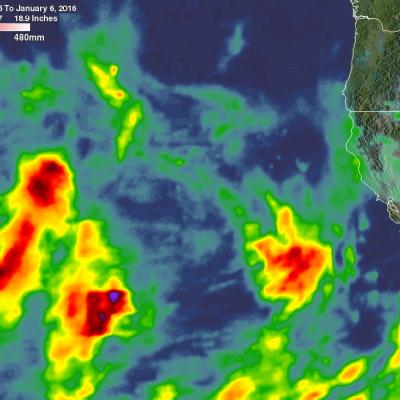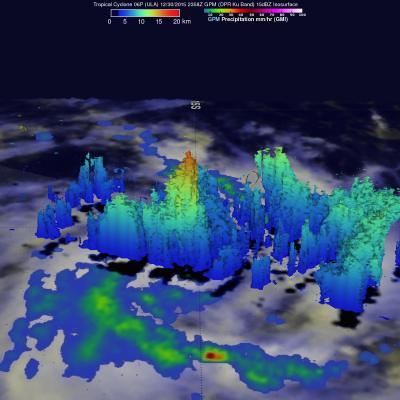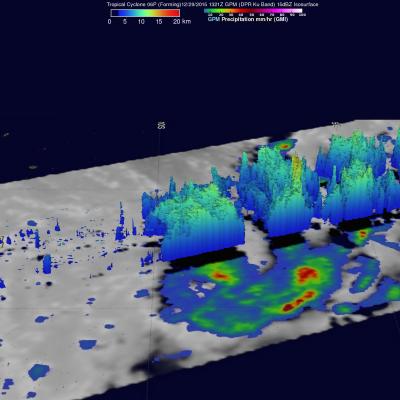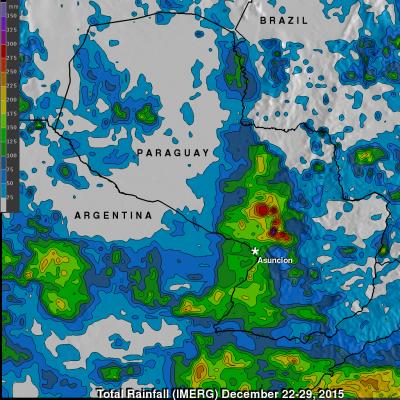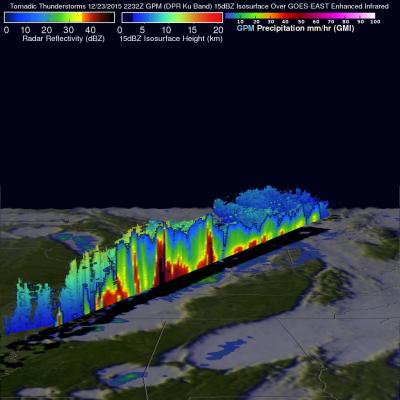NASA's IMERG Looks At El Nino Storms Hitting California
Extreme rain events fueled by the current strong El Nino have started to affect California. A series of storms over the Pacific are shown transporting rain toward the west coast. This estimate of rainfall totals from December 31, 2015 to January 6, 2016 was made using data from NASA's Integrated Multi-satellitE Retrievals for GPM (IMERG). Global precipitation estimates are provided by IMERG through the use of data from satellites in the GPM Constellation and is calibrated with measurements from the GPM Core Observatory as well as rain gauge networks around the world. The National Weather


